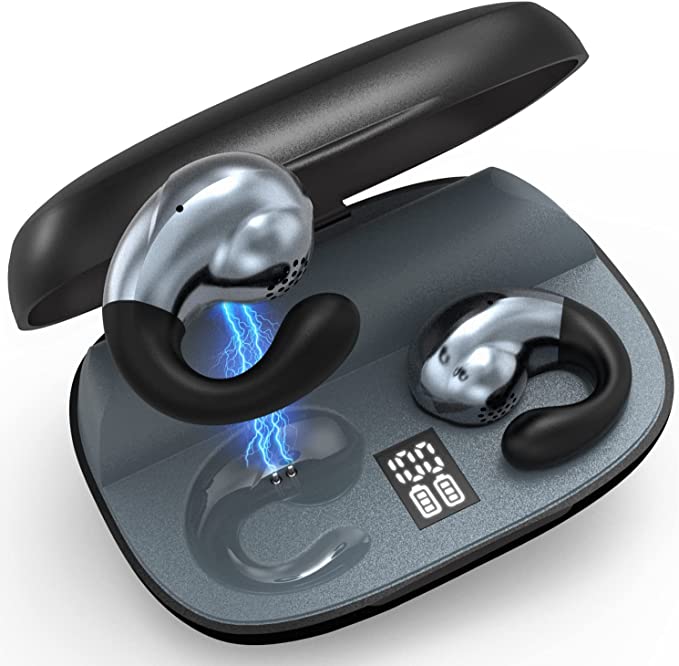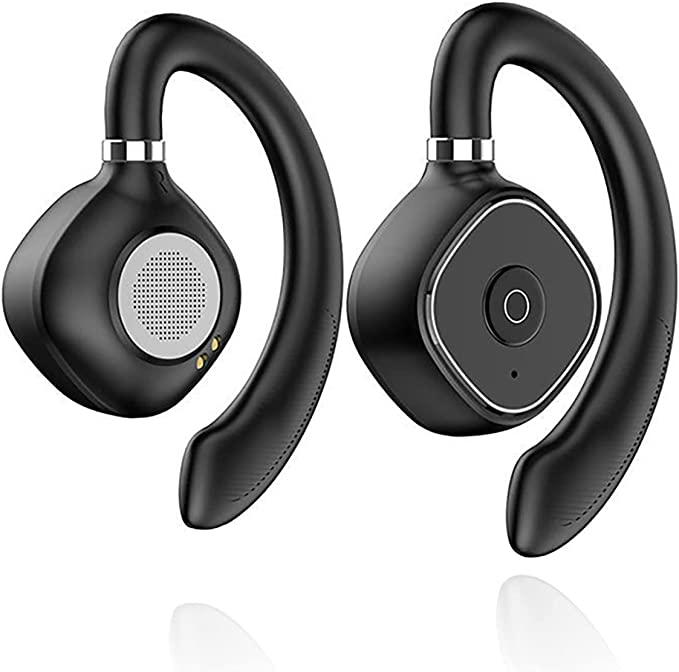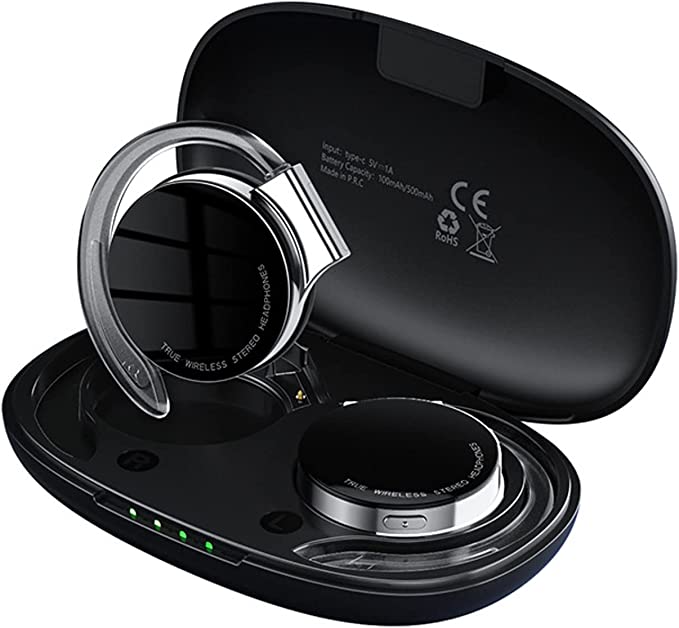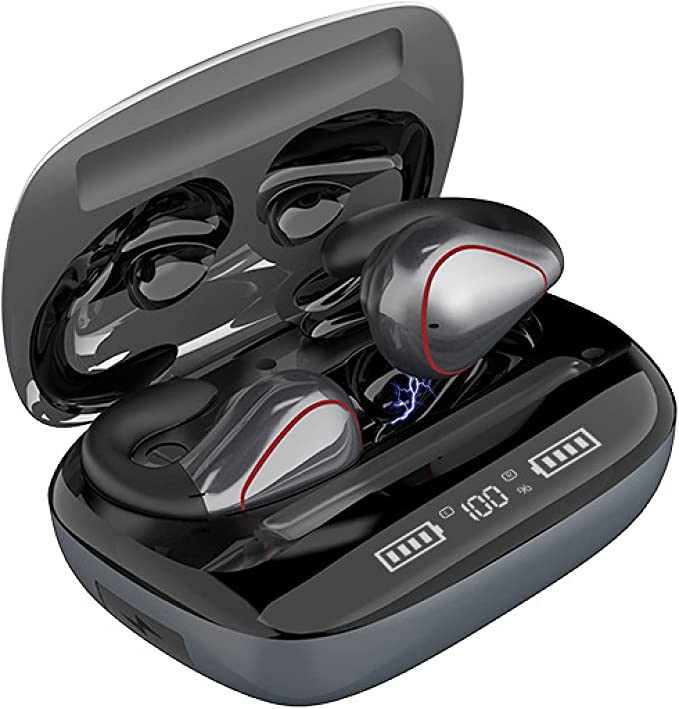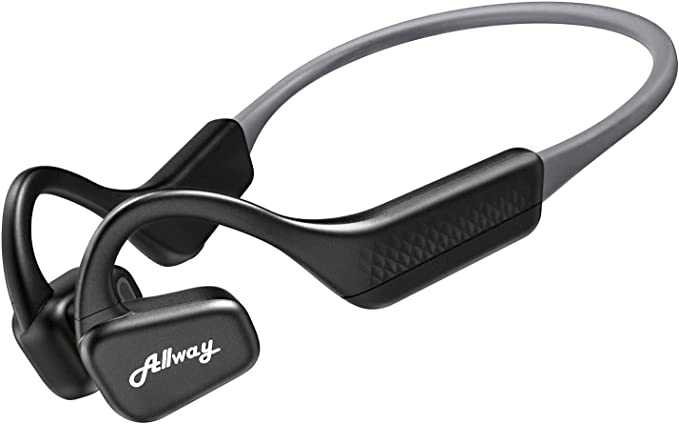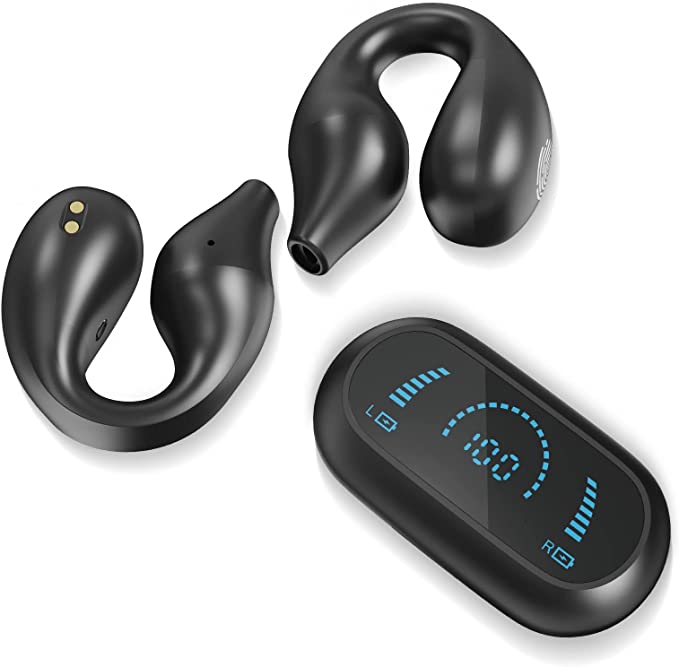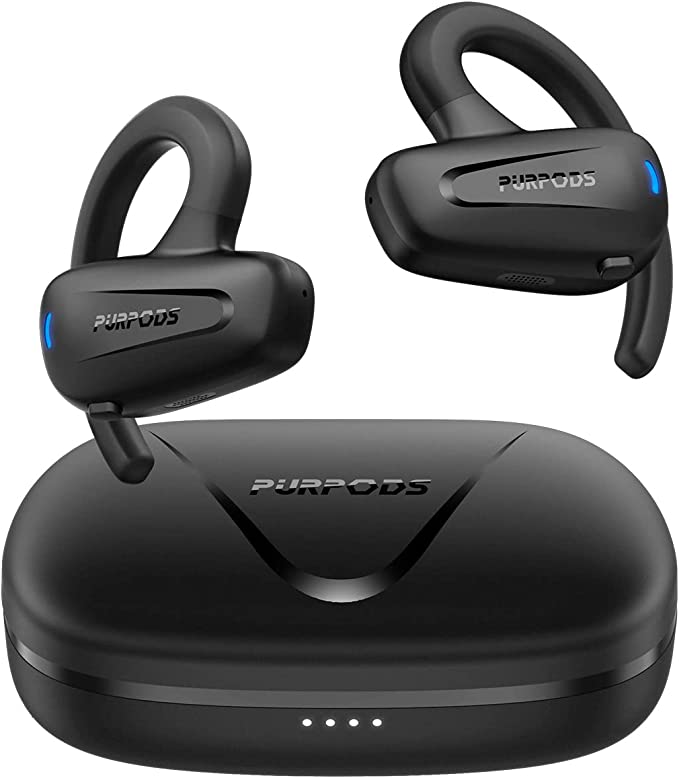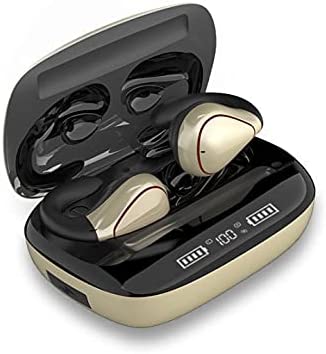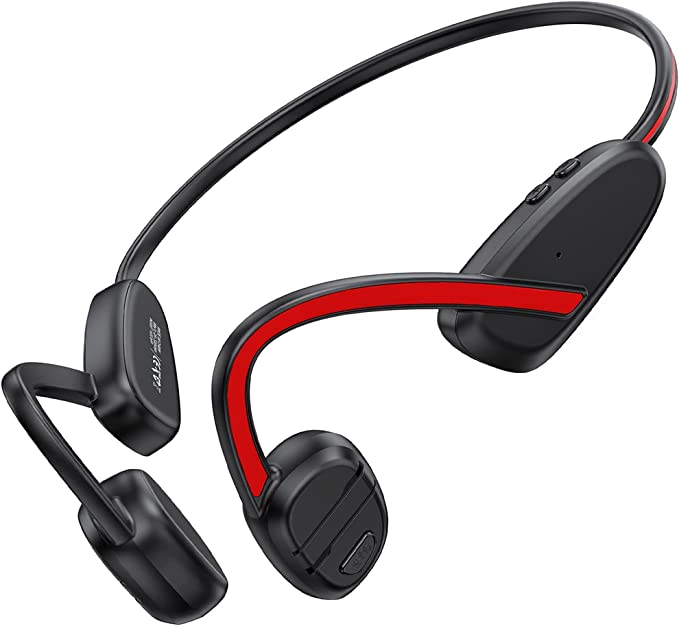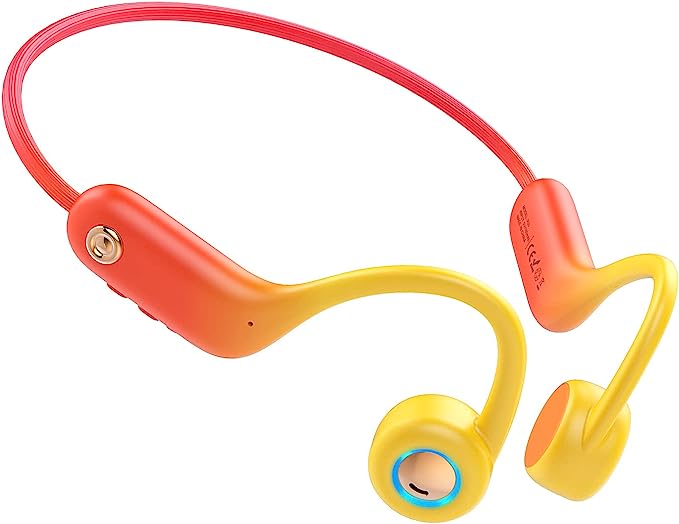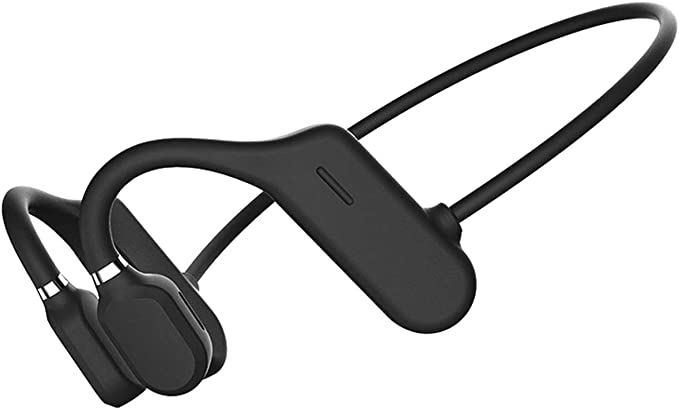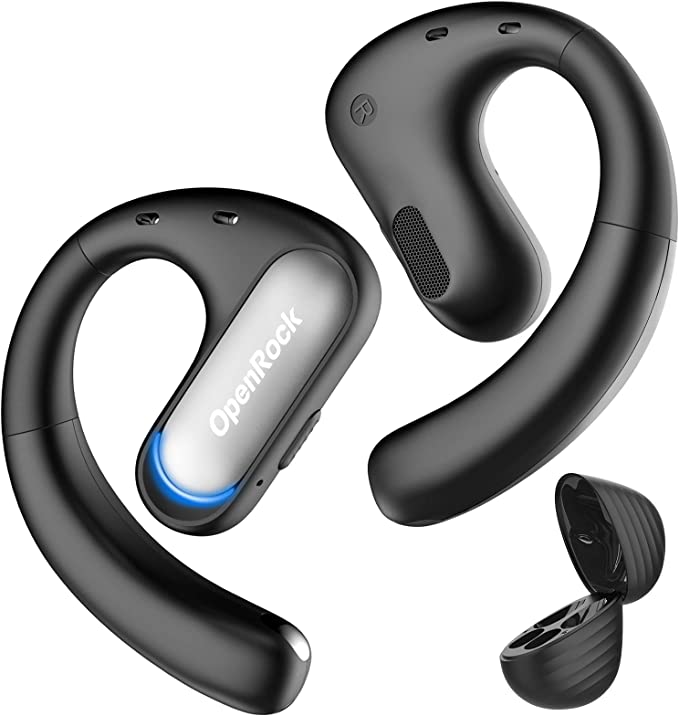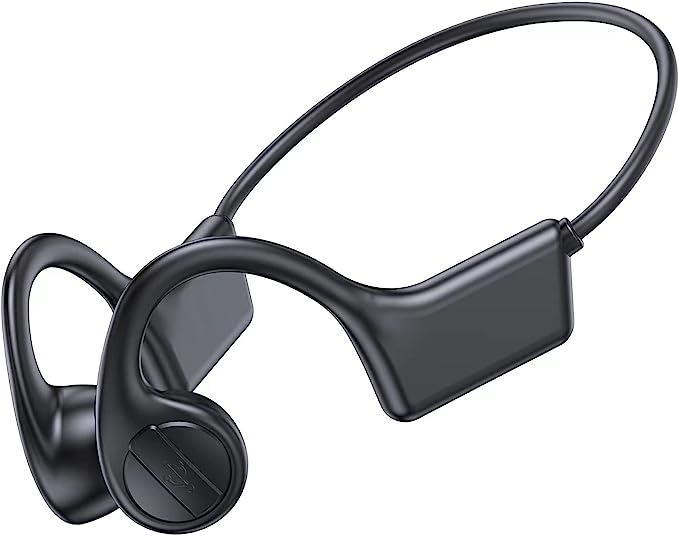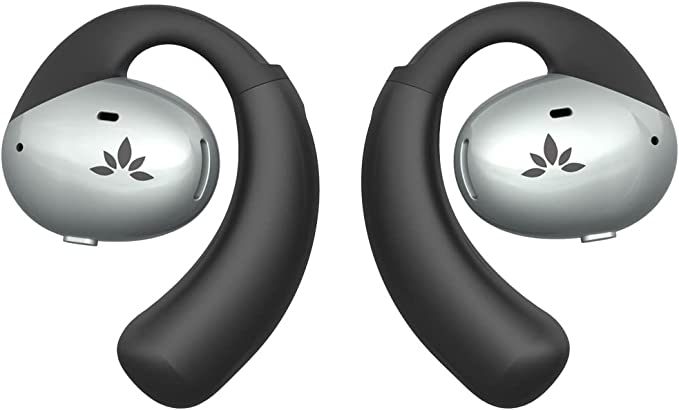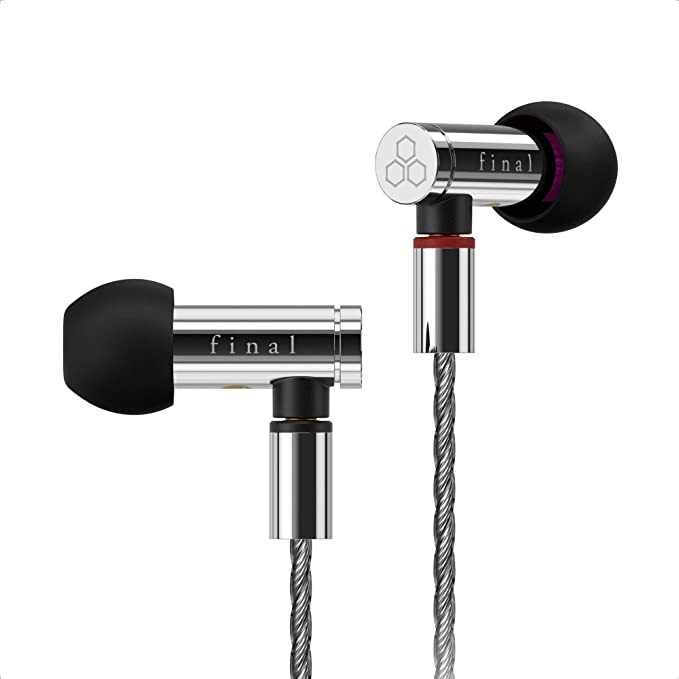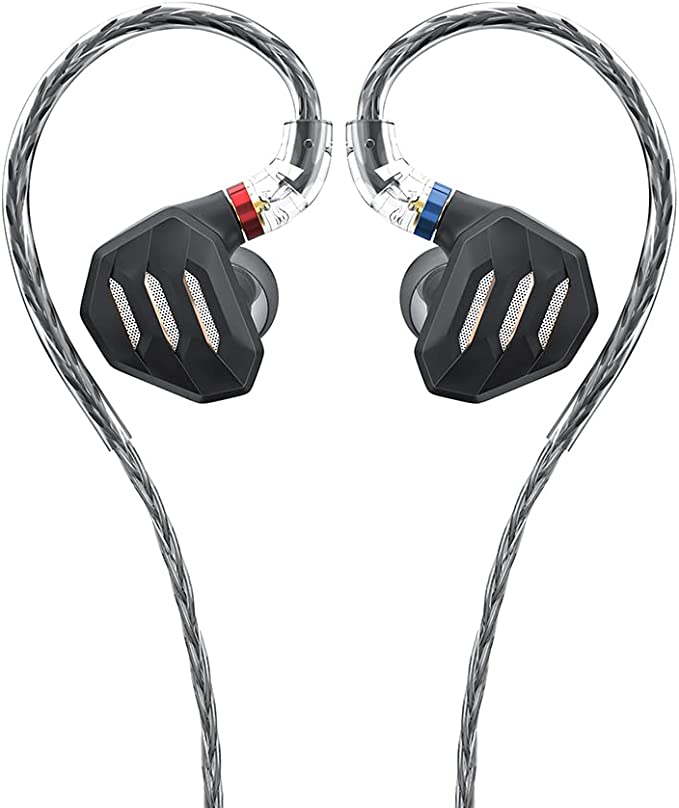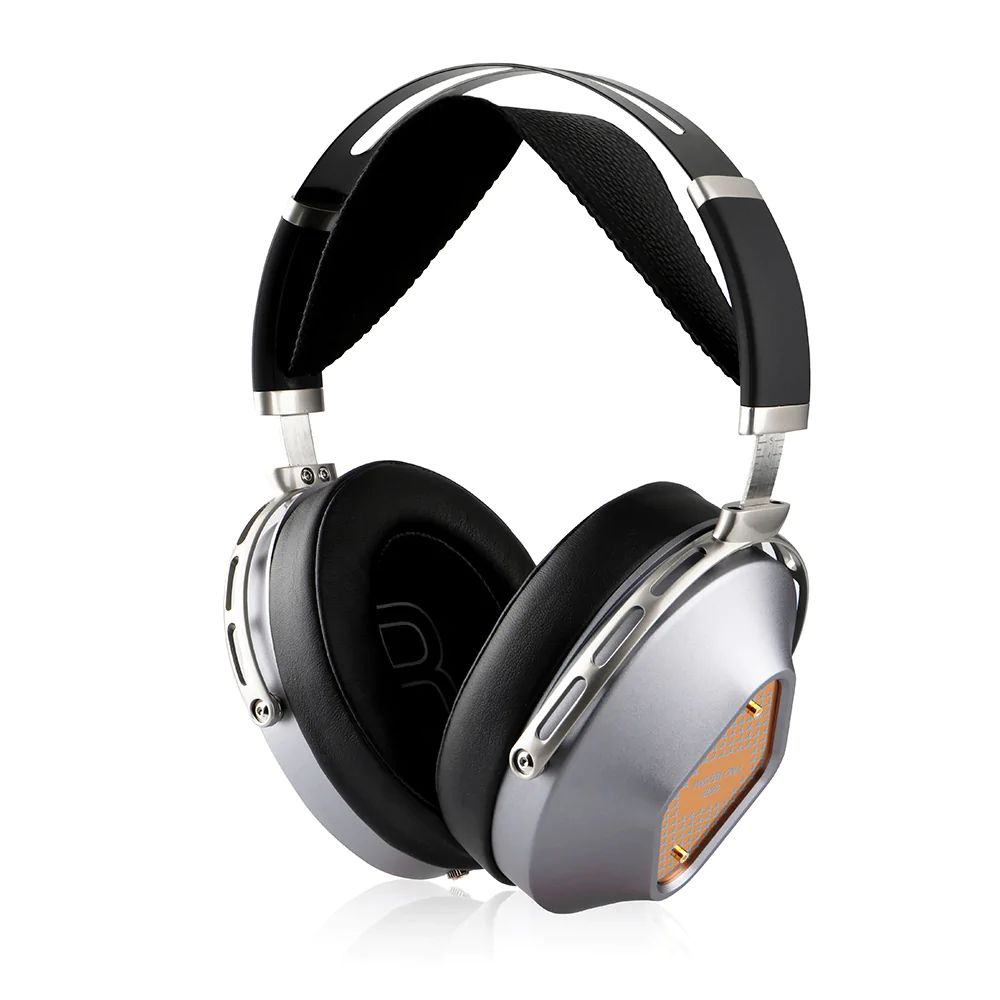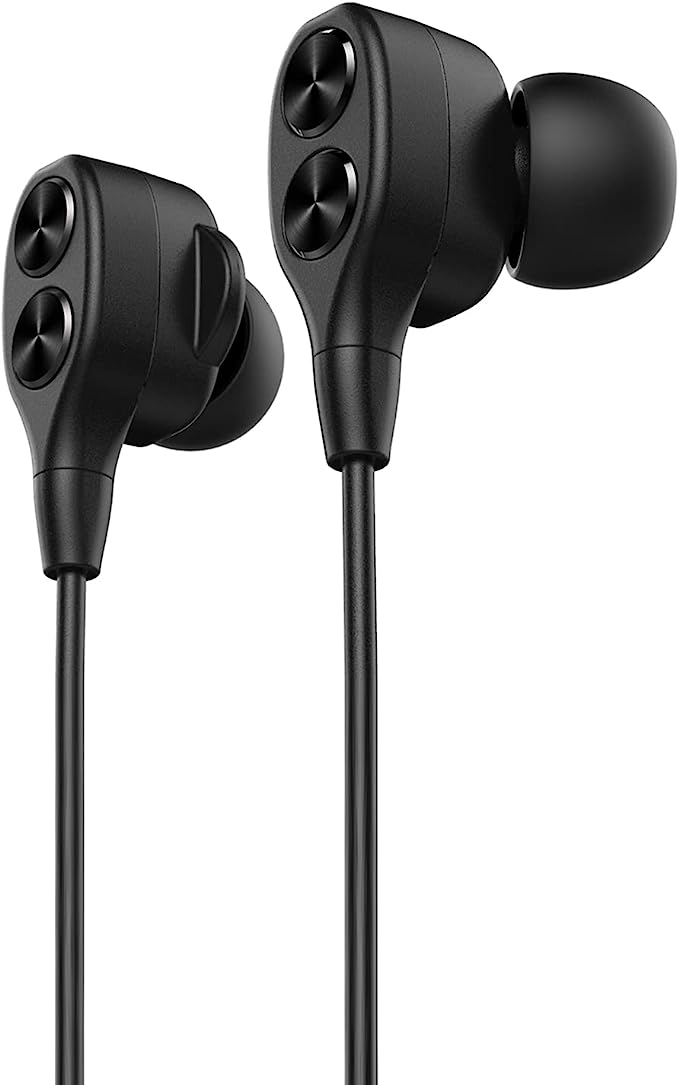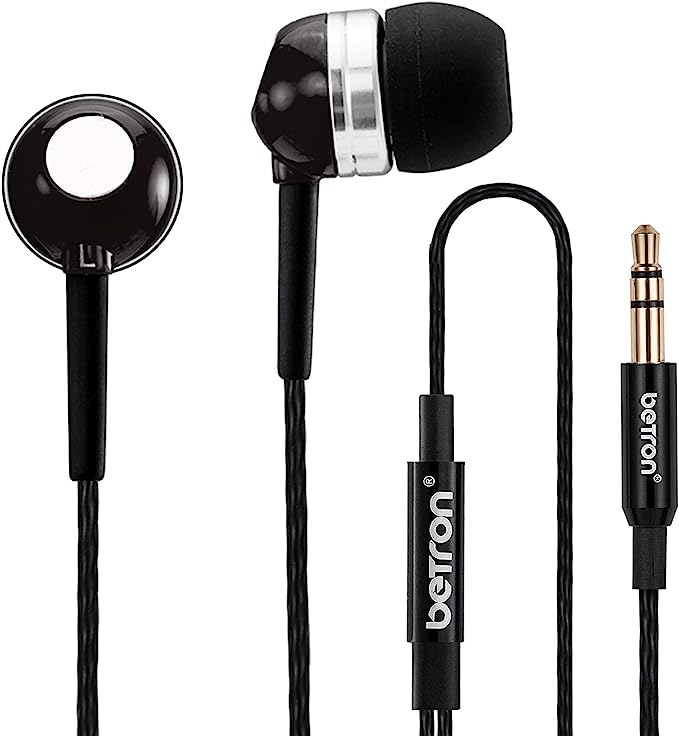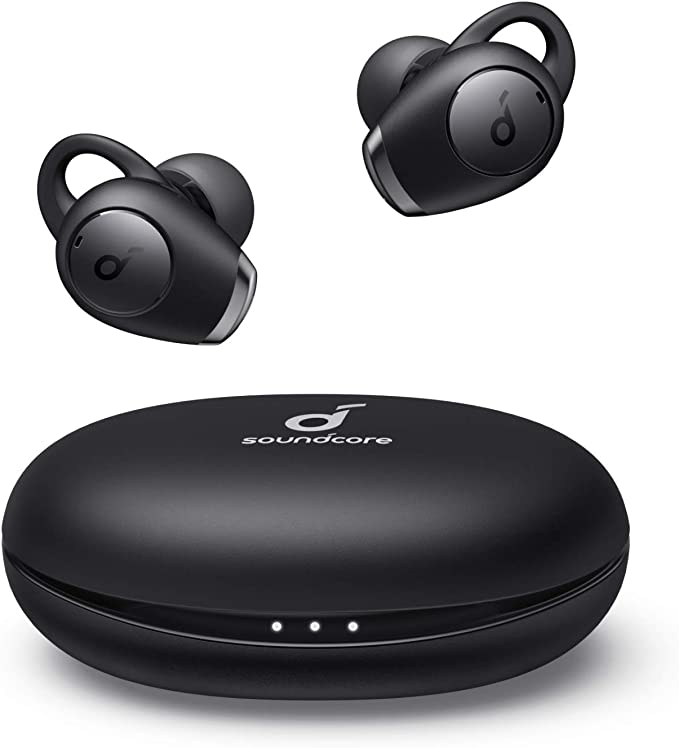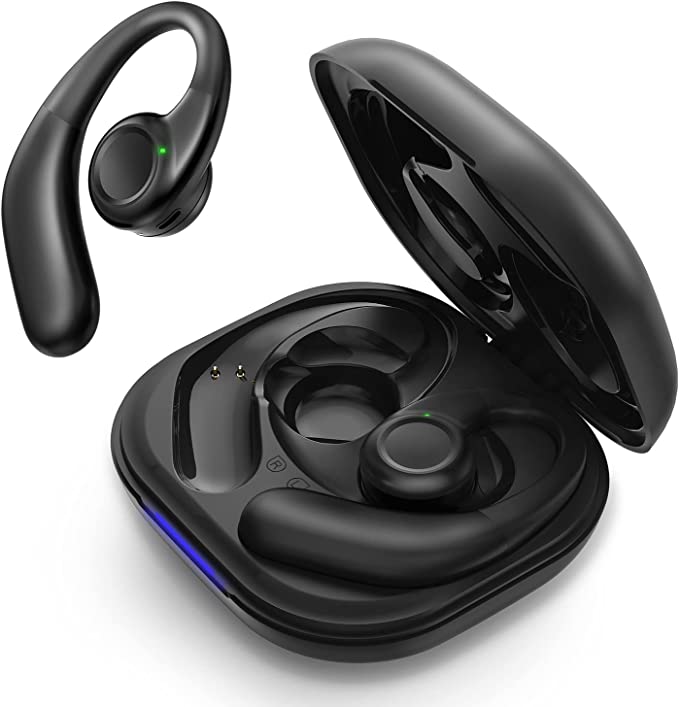Skicuwim w8 Open Ear Wireless Headphones: The Breathable Music Buddy for Comfortable Listening
Update on July 4, 2025, 9:14 a.m.
I still remember the distinct, plastic click of a cassette tape locking into place. For those of us who came of age in the 1980s, the Sony Walkman wasn’t just a device; it was a declaration of independence. When it first appeared in 1979, it gave us a superpower: the ability to overlay a personal soundtrack onto the mundane canvas of the world. The bus ride to school, the walk through a crowded city—all of it could be transformed into our own private music video. We had created a sound bubble, a portable sanctuary of our own choosing.
It was liberating. It was revolutionary. And it was, in retrospect, the beginning of a profound, decades-long journey into a state of elective isolation. We traded the shared soundscape of the world for the curated perfection of our playlists. Fast forward forty years, and that bubble has become an all-encompassing, noise-cancelling fortress. We’re more connected than ever to our digital streams, yet we find ourselves missing a colleague’s greeting, a cyclist’s warning bell, or the simple, reassuring hum of life unfolding around us. This is the listener’s paradox of the 21st century: to connect, we must first disconnect. But what if technology could offer a different path?

Opening a Window for Your Ears
In the quiet corners of audio engineering, a counter-movement has been brewing, one that seeks to pop the sound bubble. It’s embodied in a growing category of devices known as open-ear headphones. These aren’t just a new product type; they represent a fundamental shift in design philosophy. Instead of plugging our ears, they aim to leave them open, to let the world back in. To understand how they achieve this, we need to think of personal audio not as one monolithic concept, but as three distinct architectural approaches.
First, you have the dominant paradigm: the sealed room of in-ear earbuds. By creating an airtight seal in your ear canal, they efficiently channel sound waves—especially low-frequency bass—directly to your eardrum. It’s an incredibly effective method for high-fidelity sound and noise isolation, but it’s also the most isolating.
Then, there’s the intriguing alternative: the shaking wall of bone conduction. These devices bypass your ear canal entirely, sending vibrations through your cheekbones to your inner ear. This leaves your ears completely open, offering maximum situational awareness, though sometimes at the expense of audio richness and a unique tactile sensation some find unusual.
And that brings us to the third way, the one employed by devices like the Skicuwim w8: the open window of open-ear air conduction. It’s the most natural approach, using the air to carry sound to your eardrum just as nature intended. The crucial difference is that the “window” to your ear canal is left wide open. This simple act of unsealing has profound consequences, governed by the unyielding laws of physics.
The most immediate of these is the challenge of bass. Low-frequency sound waves are long and powerful; they need a contained space to build pressure and be felt. In an open-ear design, these waves tend to disperse into the surrounding air before they can fully register, much like how the bass from a car stereo sounds deep and resonant inside the car but thin and distant once you step outside. Similarly, because there is no seal, sound isn’t just coming in; it’s also getting out. This is sound leakage, an unavoidable trade-off for the freedom of an open design.

Your Brain: The Ultimate Audio Mixer
If these physical trade-offs exist, why does the open-ear experience feel so intuitive? The answer lies not in the hardware, but in the extraordinary software running in our heads. Our brain is equipped with a remarkable feature known as the “cocktail party effect.” This is a psychoacoustic phenomenon that describes our ability to be in a noisy room full of conversations and yet selectively tune into a single voice, while still remaining subconsciously aware of the surrounding din.
When you wear open-ear headphones, you are essentially creating a controlled cocktail party for one. Your brain effortlessly designates your music or podcast as the primary “voice” to focus on, while treating the ambient sounds of your environment—the typing of keyboards, the distant traffic, the barista calling out an order—as secondary, background information. You hear both, but your brain knows which one to listen to. It’s this innate biological superpower that allows the open-ear concept to move from a neat engineering trick to a genuinely functional and pleasant experience. It allows for a layered soundscape where your personal audio augments reality rather than replacing it.

Engineering in the Real World: A Case Study
Let’s ground these principles in a real-world example. The Skicuwim w8, with its clip-on design, is a direct engineering response to the challenges we’ve discussed. It’s a case study in prioritizing certain values over others.
Its entire form factor is a solution to an ergonomic problem. By clipping onto the outer ear, or pinna, it avoids any pressure on the sensitive ear canal. The choice of memory silicone is a deliberate one from material science, providing a pliable yet firm grip that conforms to the ear’s unique contours. Looking at the product’s user data, this design focus is clearly validated: while overall ratings are a mixed 3.5 out of 5 stars from 157 users, comfort scores a remarkable 4.0. This tells us the device successfully solved a primary pain point for users tired of invasive earbuds.

Conversely, the data also reflects the physical compromises. A sound quality rating of 3.6 out of 5 and user feedback citing a “not a great mic” are not necessarily signs of poor manufacturing, but rather honest reflections of the open-ear format’s inherent constraints. The audio will naturally sound less bass-heavy than sealed earbuds, and the microphones, positioned far from the mouth, will inevitably struggle to isolate the user’s voice from the very ambient noise the device is designed to let in. Understanding the science allows us to see these are not failures, but predictable outcomes of a design that champions awareness and comfort above all else.

Hearing the Horizon
The journey that began with the Walkman’s private bubble has led us to this fascinating moment of “unplugging.” Open-ear headphones are more than just a niche gadget; they signify a maturing of our relationship with technology. They suggest a future where our devices don’t demand our full attention but instead integrate seamlessly into our lives, enhancing our experiences without hijacking them. The future may hold even more elegant solutions, like directional sound technologies that can beam audio directly to our ears with minimal leakage.
But for now, this burgeoning category offers a compelling choice. It asks us a simple but profound question: Do we want our technology to build walls or to open windows? The answer, I believe, will define the sound of our future.
